Hawaii is a paradise filled with breathtaking beaches, lush mountains, and vibrant culture that draws millions of visitors every year. But with all that beauty comes responsibility, and locals have some important tips they wish every tourist knew before arriving.
From respecting wildlife to understanding island customs, these insights will help you enjoy Hawaii while honoring the land and the people who call it home. Simple gestures, like learning a few Hawaiian words or removing shoes before entering a home, go a long way in showing respect.
Travelers who embrace these practices often find their experience deepens in ways they never expected.
1. Respect the Sea Turtles and Keep Your Distance
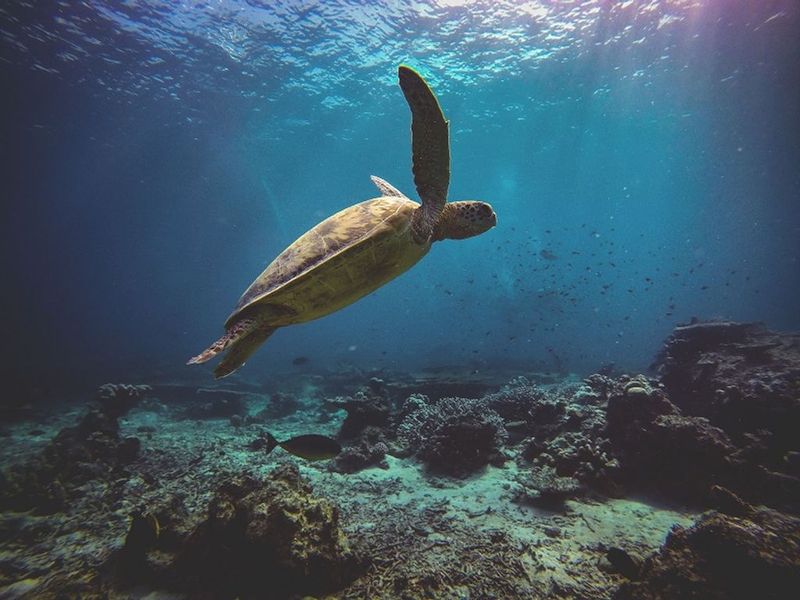
Sea turtles glide through Hawaiian waters like ancient spirits, and spotting one feels magical. But here’s the thing: touching, chasing, or getting too close to these creatures is actually illegal under federal law. They need space to rest, breathe, and feed without stress from curious hands.
Hawaiian green sea turtles, known locally as honu, are sacred in island culture and represent wisdom and good luck. When you see one basking on the beach or swimming near you, stay at least ten feet away. Resist the urge to pose for a selfie inches from their face or reach out for a quick touch.
If a turtle approaches you while snorkeling, let it pass naturally without blocking its path. Disturbing them can result in hefty fines and harm their well-being. Observing from a respectful distance lets you appreciate their beauty while protecting these incredible animals.
Remember, you’re a guest in their home. Treat honu with the reverence they deserve, and you’ll leave with memories that honor both the wildlife and the island spirit.
2. Don’t Take Sand, Rocks, or Coral as Souvenirs

Pocketing a handful of sand or a cool-looking rock might seem harmless, but it’s a serious issue for Hawaii. Removing natural materials disrupts fragile ecosystems and contributes to beach erosion. Plus, many locals believe taking these items brings bad luck, a curse known as Pele’s curse, named after the volcano goddess.
Every grain of sand and piece of coral plays a role in maintaining the health of Hawaii’s beaches and reefs. Black sand beaches, formed from volcanic lava, are especially vulnerable. When tourists take samples home, it adds up quickly, damaging the landscape for future generations.
Coral, whether alive or dead, is also protected by law. Removing it harms marine habitats where fish and other creatures live. Instead of taking physical souvenirs, capture the beauty through photos and memories.
If you want a keepsake, visit local shops that sell ethically made crafts and jewelry. Supporting island artisans helps the community while keeping Hawaii’s natural treasures right where they belong. Leave only footprints, take only pictures, and respect the land that welcomes you.
3. Learn Basic Hawaiian Words and Use Them Respectfully
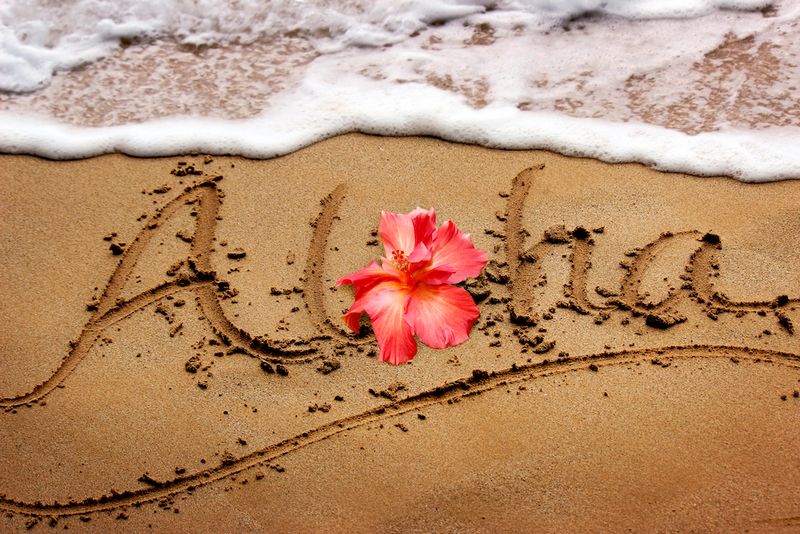
Aloha isn’t just a greeting. It carries deep meaning, representing love, compassion, and respect in Hawaiian culture. Learning a few basic words shows you care about the islands and the people who live there. Mahalo means thank you, and ohana means family, values that run deep here.
When you use these words sincerely, locals notice and appreciate the effort. But tossing them around carelessly or mockingly can feel disrespectful. Treat the Hawaiian language with the same respect you’d show any cultural tradition.
You might also hear words like makai, meaning toward the ocean, and mauka, meaning toward the mountains. These directions help you navigate like a local. Kokua means help or cooperation, and you’ll see it on signs encouraging visitors to care for the environment.
Taking a moment to pronounce words correctly and understand their meanings goes a long way. It’s a small gesture that honors the rich heritage of Hawaii. Language connects us, and speaking even a little Hawaiian helps bridge the gap between visitor and community, creating a more meaningful experience for everyone.
4. Stay on Marked Trails and Respect Private Property
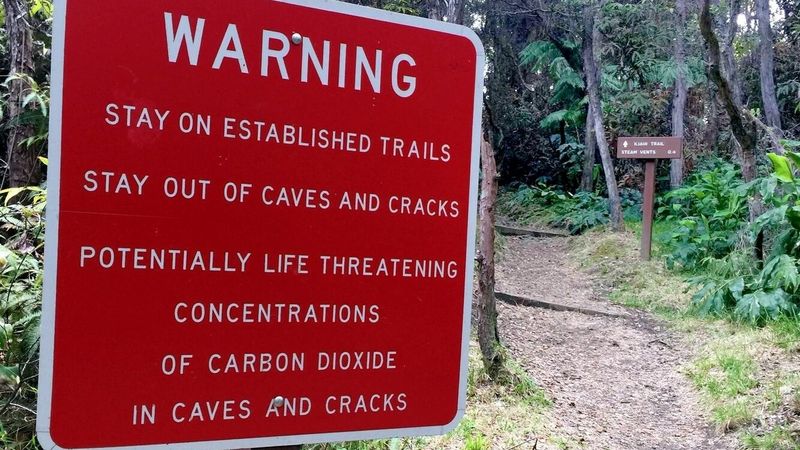
Hawaii’s landscapes are stunning, and it’s tempting to wander off the beaten path for that perfect view. But straying from marked trails damages native plants, disturbs wildlife, and can even be dangerous. Erosion caused by foot traffic threatens delicate ecosystems that took centuries to develop.
Some trails cross private land or sacred sites. Trespassing shows disrespect to property owners and Hawaiian culture. Signs are there for a reason, and ignoring them can lead to fines or unsafe situations like unstable cliffs and hidden drop-offs.
Stick to designated paths and follow posted rules. If a trail is closed for restoration, choose another adventure. There are plenty of incredible hikes that are open and safe for exploration.
Respecting boundaries also means not climbing on ancient structures or entering restricted areas, even if they look accessible. These places hold cultural and historical significance. By staying on approved trails, you help preserve Hawaii’s natural beauty and honor the community’s efforts to protect it. Adventure responsibly, and the islands will reward you with unforgettable sights.
5. Be Mindful of Reef-Safe Sunscreen

Slathering on sunscreen before hitting the beach seems like common sense, but not all sunscreens are created equal. Many contain chemicals like oxybenzone and octinoxate, which harm coral reefs and marine life. Hawaii has even banned the sale of sunscreens with these ingredients to protect its fragile underwater ecosystems.
When chemicals wash off your skin into the ocean, they bleach coral, disrupt reproduction, and damage the reef structure. Coral reefs support countless fish species and protect shorelines from erosion. Losing them would devastate Hawaii’s environment and economy.
Look for sunscreens labeled reef-safe or mineral-based, using zinc oxide or titanium dioxide as active ingredients. These options protect your skin without poisoning the ocean. Many local shops sell approved brands, so you can easily find them.
If you forget to pack reef-safe sunscreen, buy some when you arrive. Wearing a rash guard or UV-protective clothing also reduces the amount of sunscreen you need. Small choices make a big difference, and protecting Hawaii’s reefs ensures future generations can snorkel among vibrant coral gardens teeming with life.
6. Don’t Feed Wild Animals or Fish
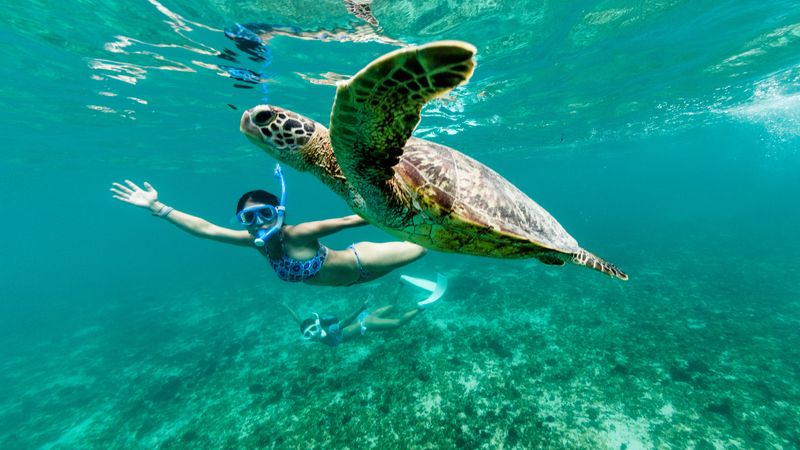
Feeding fish while snorkeling might seem fun, but it disrupts their natural behavior and diet. Wild animals become dependent on human food, which lacks the nutrients they need. This leads to health problems and changes how they interact with their environment.
Fish that are fed regularly lose their natural wariness and can become aggressive, swarming swimmers and snorkelers. This creates unsafe situations for both people and animals. Plus, human food can introduce harmful substances into marine ecosystems.
On land, feeding birds, mongooses, or other wildlife causes similar problems. Animals that associate humans with food may venture into populated areas, leading to conflicts. They can also spread diseases or become nuisances.
Enjoy watching wildlife from a respectful distance. Bring binoculars or an underwater camera to capture their beauty without interfering. Marine preserves and protected areas exist to keep ecosystems balanced, and your cooperation helps maintain that balance.
Let animals find their own food and live naturally. Observing them in their true habitat, behaving as they should, offers a far more authentic and rewarding experience than a quick feeding frenzy.
7. Support Local Businesses and Respect the Community
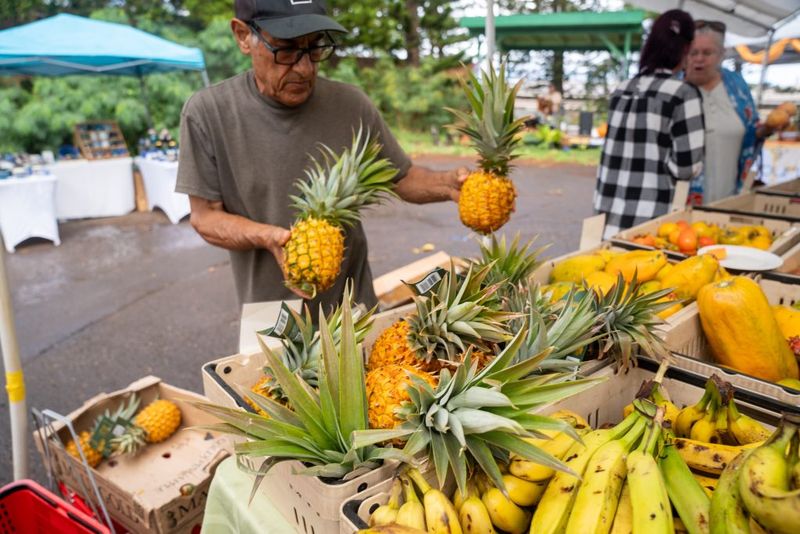
Tourism fuels Hawaii’s economy, but it also puts pressure on local resources and communities. Choosing to support locally owned restaurants, shops, and tour operators helps money stay within the islands, benefiting families and preserving culture. Skip the big chain stores when you can and explore what local entrepreneurs offer.
Farmers markets burst with fresh tropical fruits, handmade crafts, and authentic Hawaiian goods. Shopping there connects you with the people who grow and create these treasures. You’ll taste flavors you can’t find anywhere else and bring home meaningful souvenirs.
Respect also means being considerate in residential neighborhoods. Keep noise levels down, park legally, and don’t block driveways or beach access points. Locals live and work in these areas year-round, and your courtesy makes a difference.
Ask permission before entering private property or taking photos of people. Treat everyone with kindness and patience, especially service workers who deal with crowds daily. A friendly attitude and genuine interest in island life foster positive interactions.
When you support local businesses and respect the community, you contribute to a healthier, more sustainable tourism model that benefits everyone.
8. Understand and Honor Hawaiian Cultural Sites
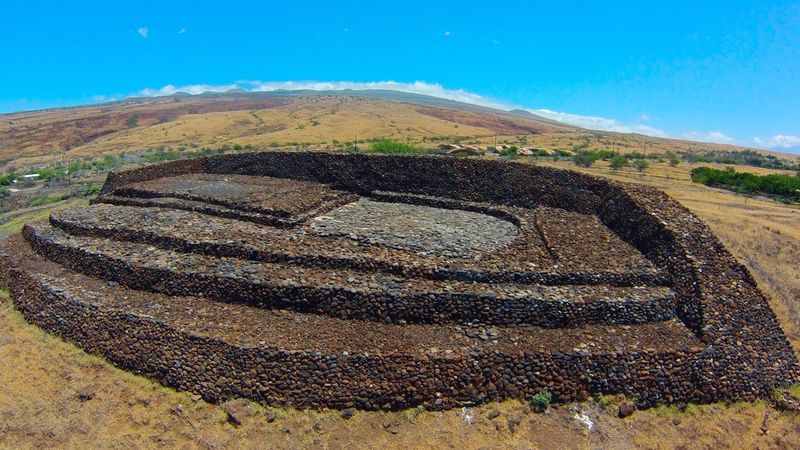
Hawaii is rich with sacred sites, from ancient heiau temples to petroglyphs carved into lava rock. These places hold deep spiritual and historical significance for Native Hawaiians. Visiting them requires respect, humility, and an understanding that you’re stepping into someone’s heritage.
Never climb on, move, or deface stones at cultural sites. Some structures have stood for centuries, and even small disturbances can cause irreparable damage. Taking rocks or artifacts is not only disrespectful but also illegal.
If a site feels sacred or you see offerings like leis or wrapped stones, observe quietly and keep your distance. Photography may be allowed, but always be mindful of the setting. Some places request that visitors refrain from taking pictures out of respect.
Educate yourself before visiting. Read signs, hire knowledgeable guides, or visit cultural centers to learn the stories behind these locations. Understanding their importance deepens your appreciation and ensures you behave appropriately.
Treat Hawaiian cultural sites with the same reverence you’d show a church, temple, or memorial. Honoring these spaces honors the people and traditions that make Hawaii truly special.
9. Drive Carefully and Share the Road
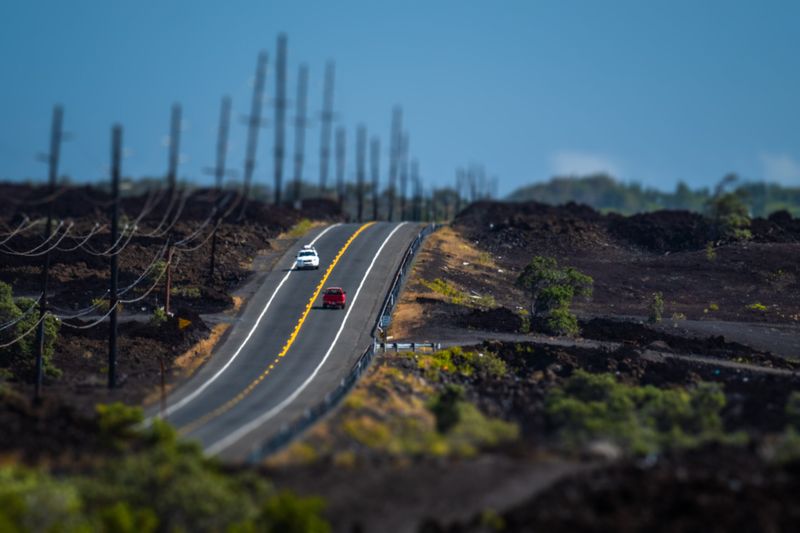
Island roads can be narrow, winding, and full of surprises. Drivers unfamiliar with the terrain sometimes cause traffic jams by going too slow or stopping suddenly for photos. Pull over safely if you want to take in the view or snap a picture, and let faster traffic pass.
Local residents use these roads daily for work, school, and errands. Being courteous and aware helps everyone get where they need to go. Use turnouts when available, signal properly, and avoid blocking lanes.
Some roads, especially on Maui’s famous Hana Highway, require extra caution. One-lane bridges, blind curves, and steep drop-offs demand full attention. Don’t drive distracted, and respect posted speed limits.
Pedestrians, cyclists, and animals also share the road. Watch for people crossing to beach access points or hikers along narrow shoulders. Slow down in residential areas and near schools.
Renting a car gives you freedom to explore, but with that freedom comes responsibility. Drive defensively, stay patient, and remember that locals depend on these roads every day. Sharing the road courteously makes the journey safer and more enjoyable for everyone.
10. Be Water-Wise and Conserve Resources
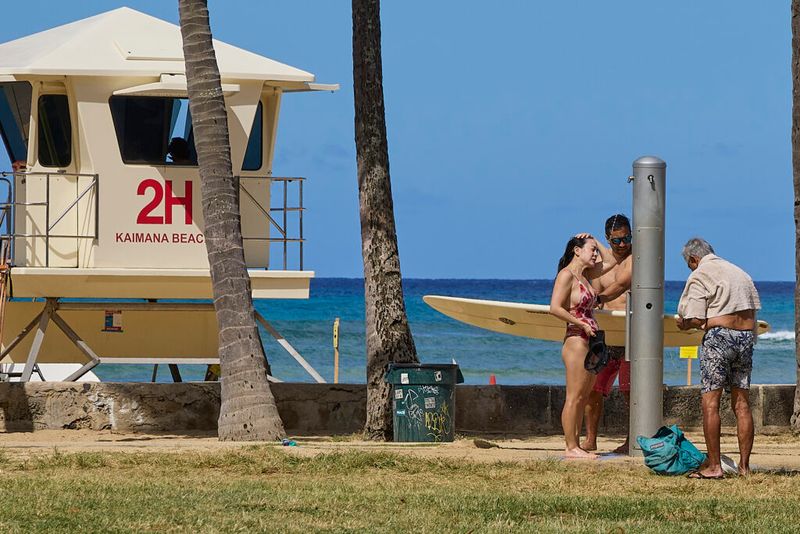
Water is precious in Hawaii. Despite being surrounded by ocean, fresh water is limited, especially during dry seasons. Islands rely on rainfall and aquifers, and high tourist demand strains these resources. Being mindful of your water use helps protect this vital supply.
Take shorter showers, turn off taps while brushing your teeth, and reuse towels instead of requesting fresh ones daily. Small actions add up when millions of visitors pass through each year.
Avoid wasting water on unnecessary lawn watering or long baths. Hotels and resorts often have conservation programs, so participate when possible. Some places even offer incentives for guests who choose to conserve.
Respect beach showers by rinsing off quickly and not leaving water running. These showers help keep sand out of cars and homes, but they’re not meant for long, luxurious rinses.
Understanding the challenges islands face with water scarcity makes you a more responsible traveler. Conserving water ensures that residents and future visitors can enjoy Hawaii’s beauty without depleting essential resources. Every drop counts, and your efforts contribute to a more sustainable island environment.
11. Leave No Trace and Pack Out What You Pack In
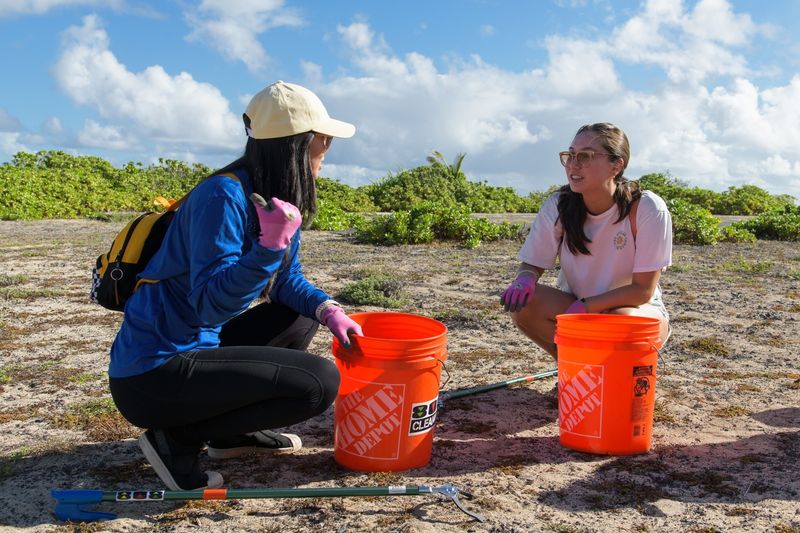
Littering is a huge problem in Hawaii, and beaches, trails, and parks suffer from careless visitors. Plastic wrappers, bottles, and food scraps harm wildlife and spoil the natural beauty. Turtles mistake plastic bags for jellyfish, and birds get tangled in discarded fishing line.
Always pack out everything you bring. Carry a reusable bag for trash, and pick up after yourself, even if it means holding onto garbage until you find a proper bin. Better yet, bring reusable containers and bottles to reduce waste.
If you see litter left by others, consider picking it up too. Many locals and visitors participate in beach cleanups, and joining one is a meaningful way to give back. Even grabbing a few pieces of trash during your walk makes a difference.
Cigarette butts, though small, are toxic and take years to decompose. Dispose of them properly, never in the sand or water. Respect nature by leaving places cleaner than you found them.
Hawaii’s beauty depends on everyone doing their part. Taking responsibility for your waste shows respect for the land, ocean, and community. Protect paradise by leaving no trace behind.
Dear Reader: This page may contain affiliate links which may earn a commission if you click through and make a purchase. Our independent journalism is not influenced by any advertiser or commercial initiative unless it is clearly marked as sponsored content. As travel products change, please be sure to reconfirm all details and stay up to date with current events to ensure a safe and successful trip.